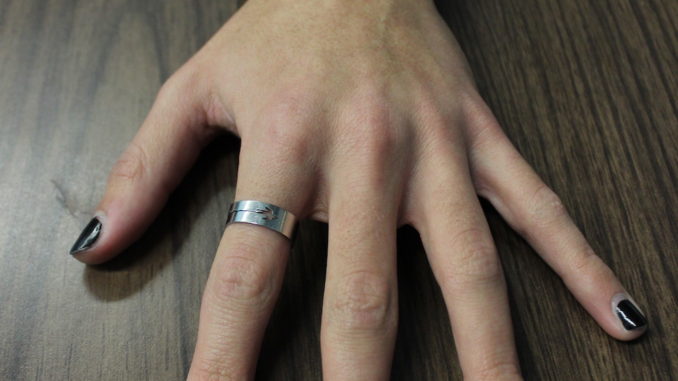
By Can Altunkaynak
The popularity of nail polish among men has increased over the last decade, including with some well-known celebrities like Johnny Depp, Brad Pitt and Zac Efron. Even though it is generally considered feminine, it looks like the trend is only getting more widespread every day.
Nail polish is generally associated with women in today’s world, but the act of a man painting his nails was not odd at all throughout the history. Based on the article written by Rachel Lubitz on the Mic Network on March 15, 2016: “Men have been wearing nail polish since 3,200 B.C. Following an excavation of royal tombs at Ur of the Chaldees in southern Babylonia, it was reportedly discovered that most men during that era wore nail polish, with different colors signifying different classes.” Men also painted their nails in ancient India, China and Egypt.
It was not until the 19th and 20th century that nail polish started to be feminized and associated with women on a global scale. Since then it has been something avoided by men in most parts of the world due to gender roles.
Nevertheless, there is clearly a shift in the mentality of males regarding the use of nail polish no matter what their sexual orientation is.
Lewis & Clark is also one of those places where it is normal for men to wear nail polish. It might not have been so when the college was founded, but the trend currently seems prevalent, mainly among freshmen, as one can see male students with nail polish of different colors going around the campus.
“What happened was I saw this really nice nail polish at home, and then I brought it to LC,” Lucky Whitburn-Thomas ’21 said. “I never really wore a nail polish except when I was little. All the guys were putting on nail polish, and I thought that it was interesting. So I started putting it on too.”
From a more global perspective, putting on something that is mainly associated with women can be problematic for men as the person could be judged, excluded, presumed to be gay and depending on the region, might even face serious consequences considering the homophobic attitudes of certain governments.
Tobias Varntoft ’21 said that he would not put on nail polish if he was back home in Denmark.
“I think people would definitely look,” Varntoft said. “I would hold my hands so the hands would not be seen.”
Even so, the trend is becoming more acceptable in certain parts of the U.S., especially in liberal communities like college campuses as people realize that doing things that are associated with women, like wearing nail polish, does not necessarily mean that you identify yourself with female gender.
“I think it was the first time, as a person who identifies himself to be a male that I did not feel like my fragile masculinity was broken when I put on the nail polish,” Varntoft said. “It was actually quite normal and I think if I had done it in another culture I would have been considered doomed, feminine or gay, but here it is such a normal thing. It is not gendered at all which is why I put on nail polish now.”
Men who put on nail polish also noted that they were not putting on nail polish because it gives a message, but rather because they simply like it. Because of this, the use of nail polish at LC is merely a popular thing to do rather than a social or political statement. Nonetheless, on a bigger context, putting on nail polish might give an indirect message owing to the fact that it is a way of expressing oneself that is not confined by specific expectations that are set by the society.
Andrew Marshall Essig ’21 said that he believes putting on nail polish gives a positive message by saying that people do not need to be limited by certain ways of expressing ourselves and accessorizing.
“Having fashion is a sign of males being more comfortable with their masculinity and if they want to paint their nails, it is cool,” Essig said.
Bearing this in mind, men painting their nails could yet be another step towards a more inclusive world in which people define themselves rather than being defined by how they look and how they act within the boundaries of their society.
Hence, such a fashion might potentially help breaking gender stereotypes and roles to some significant extent and prove that masculinity is not as rigid as some may think.
Subscribe to the Mossy Log Newsletter
Stay up to date with the goings-on at Lewis & Clark! Get the top stories or your favorite section delivered to your inbox whenever we release a new issue.

Leave a Reply